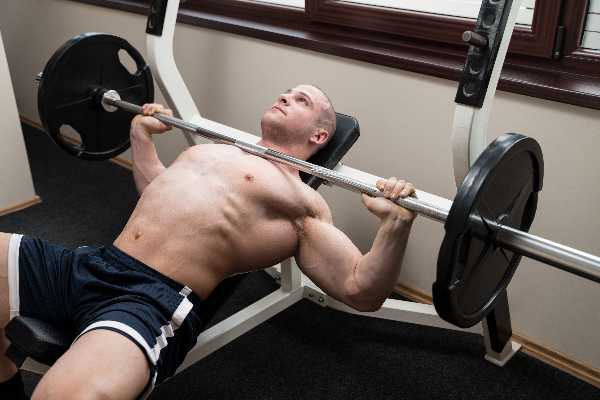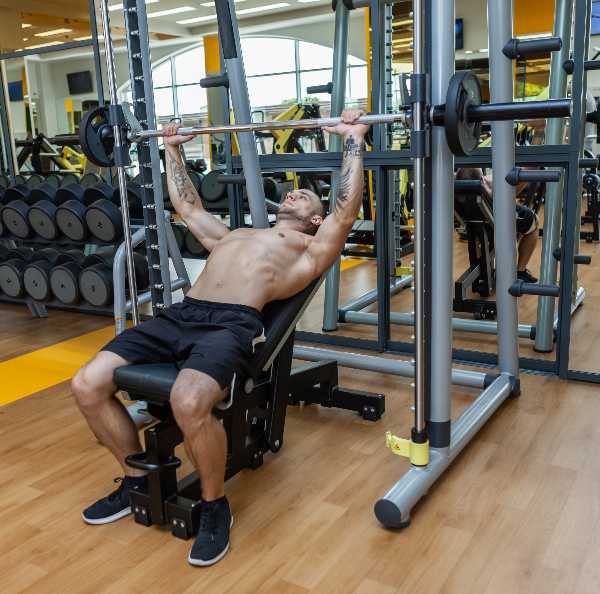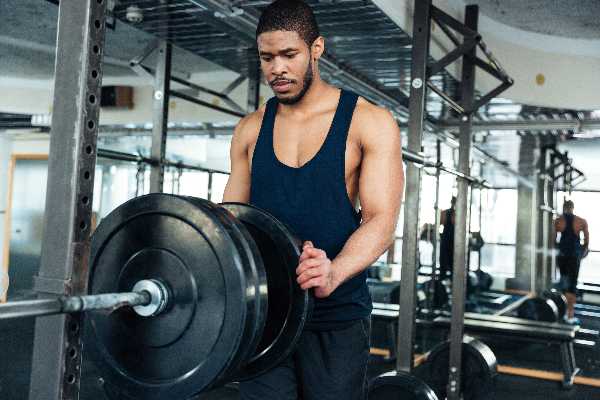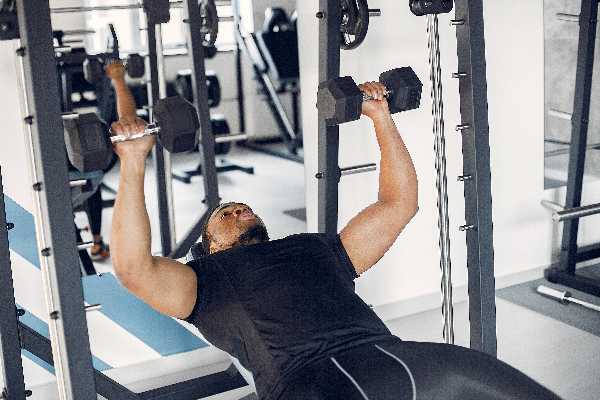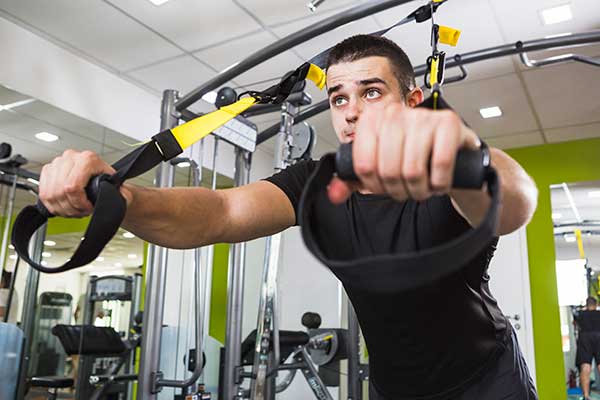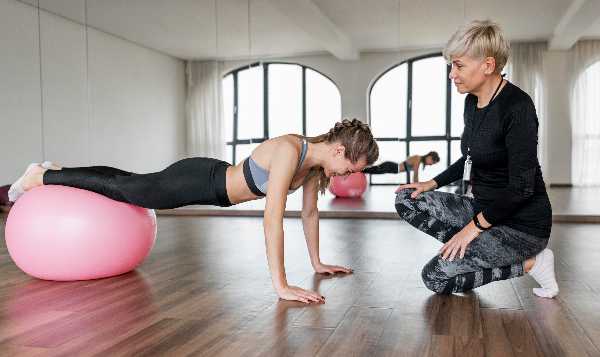Best Gym Exercises for Chest Workouts
Building a strong chest is more than just about aesthetics. It’s crucial for overall upper body strength and plays a significant role in your daily activities, from lifting groceries to pushing yourself up off the floor. If you’re looking to enhance your fitness game, incorporating effective chest workouts into your routine can make all the difference. Whether you’re new to the gym or an experienced lifter seeking fresh ideas, this guide will help you discover some of the best gym exercises for chest workouts. Get ready to unleash your potential and take that first step toward a powerful upper body!
Importance of Chest Workouts
Chest workouts are vital for creating a well-balanced physique. The chest muscles, primarily the pectoralis major and minor, play an essential role in upper body strength.
Strong chest muscles improve performance in various exercises. They assist with pushing movements, making tasks like bench pressing or performing push-ups more effective. A robust chest also supports shoulder health by stabilizing the area during movement.
Beyond functional benefits, developing your chest can boost confidence. A defined chest enhances your overall appearance and is often associated with fitness and strength.
Moreover, engaging these muscles can positively impact posture. Strengthening the pectorals helps counteract tightness from prolonged sitting or poor postural habits. This leads to improved alignment and reduces discomfort over time.
Incorporating targeted chest workouts into your routine is crucial for maximizing both functionality and aesthetics in physical training.
The Anatomy of the Chest Muscles
The chest muscles play a crucial role in upper body strength and aesthetics. Understanding their anatomy can enhance your workout effectiveness.
At the forefront is the pectoralis major, a thick muscle that spans across your chest. It’s responsible for arm movements such as pushing and lifting. This large muscle has two main parts: the clavicular head, which helps with flexing the shoulder, and the sternal head, aiding in adduction and extension.
Beneath it lies the pectoralis minor. Though smaller, this muscle stabilizes your shoulder blade during various activities.
Don’t overlook accessory muscles like the deltoids and triceps brachii. They assist during many chest exercises but have distinct functions of their own.
By grasping these muscular components, you can tailor workouts to target specific areas effectively.
The Top 5 Gym Exercises for a Stronger Chest
Building a stronger chest requires targeted exercises that engage the pectoral muscles effectively. Here are five of the best gym exercises to help you achieve your goals.
Bench press is a classic for good reason. It works both the upper and lower chest while engaging triceps and shoulders. Whether you opt for flat, incline, or decline variations, each offers unique benefits.
Push-ups are versatile and can be done anywhere. They not only build strength but also improve stability in your core.
Dumbbell flyes allow for greater range of motion compared to traditional presses, helping to stretch and develop the pecs more thoroughly.
Cable crossovers target different areas of your chest with constant tension throughout the movement. Adjusting cable height can shift focus from upper to lower pecs easily.
Dips primarily work on the lower chest while also engaging triceps significantly. Integrating these into your routine will yield impressive results over time.
Common Mistakes to Avoid during Chest Workouts
Many gym-goers fall into the trap of lifting too heavy weights. This often leads to poor form and increases the risk of injury. Focus on proper technique rather than trying to impress others with your strength.
Another common mistake is neglecting the warm-up. Skipping this crucial step can leave muscles unprepared for intense activity, making injuries more likely. A few minutes spent warming up can boost performance significantly.
Some people also forget about balanced development. Overemphasizing bench presses while ignoring other chest exercises creates muscle imbalances. Variety is key for overall growth and stability.
Don’t rush through sets or skip rest periods between them. Allow your muscles time to recover before hitting that next set hard again; it’s essential for optimal gains in strength and size over time.
Tips for Maximizing Your Chest Workout Routine
To get the most out of your chest workouts, focus on form. Proper technique is crucial for targeting the right muscles and avoiding injury. Take the time to learn how each exercise should be performed.
Vary your exercises regularly. Incorporating different movements like incline presses, cable flys, and push-ups can prevent plateaus and keep your routine exciting.
Don’t forget about rest days. Muscles grow during recovery periods, so give your chest ample time to heal between workouts.
Consider implementing supersets or drop sets for intensity. These techniques challenge the muscles more than traditional lifts alone, promoting growth.
Fuel your body with proper nutrition before and after workouts. Protein-rich snacks can enhance muscle repair and maximize gains in strength over time.
Incorporating Chest Workouts into Your Fitness Plan
Incorporating chest workouts into your fitness plan can significantly enhance your overall strength. Aim to include these exercises at least once a week, allowing ample recovery time in between sessions.
Consider pairing chest workouts with complementary muscle groups, like triceps or shoulders. This strategy maximizes efficiency and promotes balanced development.
Don’t shy away from varying the intensity of your routines. Mix heavy lifting days with lighter weight sessions focusing on higher repetitions to stimulate different muscle fibers.
Listen to your body; if you’re feeling fatigued or sore, it’s okay to adjust your schedule. Rest is just as vital as the workout itself for building a strong chest.
Track your progress regularly. Recording weights and sets will keep you motivated and help identify areas for improvement in future workouts.
Conclusion
Building a strong chest is not just about aesthetics; it’s crucial for overall strength and stability. The importance of incorporating effective chest workouts into your fitness routine cannot be overstated. Understanding the anatomy of your chest muscles can also help you target them effectively, leading to better results.
Choosing the right exercises plays a pivotal role in maximizing your gains. Exercises like bench presses, push-ups, and cable flies are among the best gym exercises for chest workouts that can enhance muscle growth and endurance. However, it’s essential to pay attention to common mistakes that many make during these routines—like using improper form or lifting too heavy weights—so you avoid setbacks.
Incorporating tips such as varying your rep range or focusing on compound movements can significantly improve your workout quality. Remember that consistency is key when looking to build muscle.
As you integrate these routines into your broader fitness plan, consider how they align with other aspects of training and recovery. A well-rounded approach will lead to sustained success in achieving a stronger upper body.
By committing yourself to these strategies and remaining mindful during each session, you’ll find yourself making impressive progress towards having a powerful chest while boosting overall performance in various physical activities.
- About the Author
- Latest Posts
Johnnie D. Jackow Sr., the founder and CEO of Total Body Fitness, Worldwide, has a long-standing career in the fitness industry. He began as a certified personal trainer in the mid-90s and soon after authored his first weight loss book in 1998. This led to the launch of Total Body Fitness, Nationwide in the USA at the same time. Johnnie gained recognition as the fitness guru of his time, running infomercials on local TV late at night in Houston, Texas. Over the years, he has helped more than 40,000 individuals from all over the world achieve their health and fitness goals. With over 60,000 hours of documented training in integrative functional medicine, he completed his PhD in human physiology in 2010. His primary objective is to assist people in reaching their health and fitness goals through alternative approaches rather than relying solely on conventional medicine and pharmaceutical drugs. Today, with almost three decades of experience under his belt, Johnnie continues to be a leader in health and fitness.

